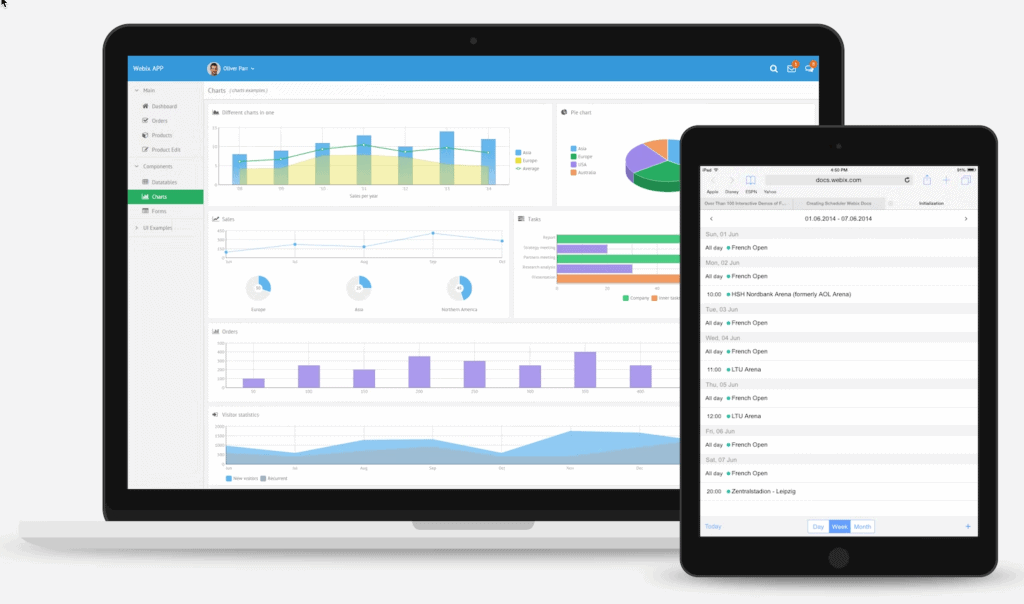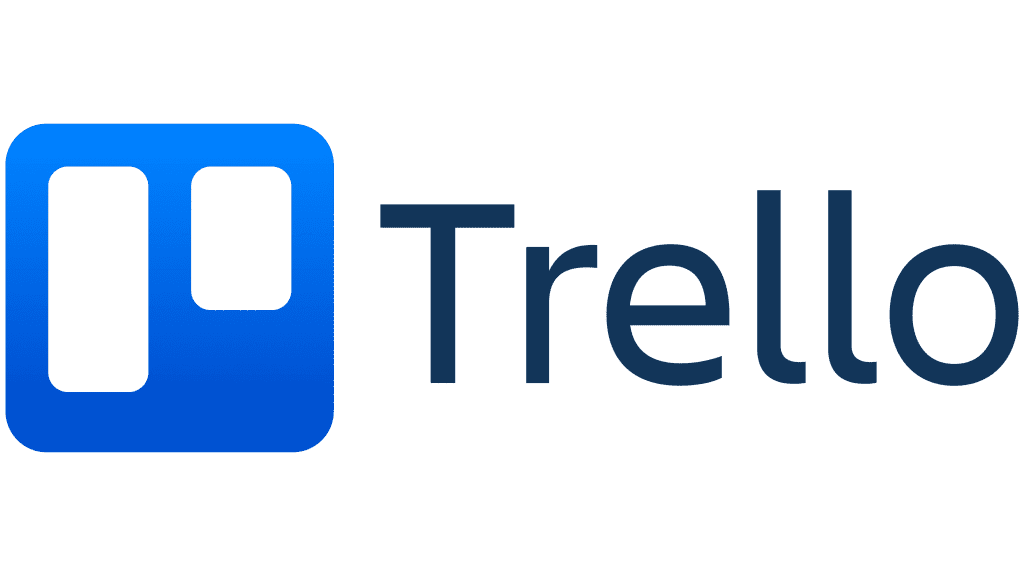What is Cloud / Web-Based-Software?

Web-based software, also known as software as a service (SaaS), is a type of software that is accessed through a web browser rather than being installed on a local computer or server. This software is hosted on remote servers and is accessible to users via the internet, making it easily accessible from anywhere with an internet connection.
One of the main advantages of web-based software is its accessibility. Users can access the software from any location with an internet connection, which makes it ideal for remote teams or for employees who travel frequently. This also means that users can access the software from various devices, such as laptops, tablets, and smartphones.
Another advantage of web-based software is its scalability. Because the software is hosted on remote servers, it can easily be scaled up or down as needed without the need for additional hardware or IT support. This makes it an ideal solution for businesses of all sizes, from small startups to large corporations.
Web-based software also tends to be more cost-effective than traditional software. Instead of paying for a license to use the software, users typically pay a monthly or annual subscription fee. This eliminates the need for significant upfront costs and makes it easier for businesses to budget for their software expenses.
Web-based software also tends to be more secure than traditional software, as the software and data are hosted on remote servers, which are typically more secure than a local computer or server. Additionally, web-based software providers often employ security measures such as encryption and secure login protocols to protect user data.
In addition to these benefits, web-based software tends to be more user-friendly than traditional software. Because it is accessed through a web browser, it is typically easier to use and navigate than software that must be installed on a local computer or server.
In conclusion, web-based software is a type of software that is accessed through a web browser and is hosted on remote servers. This type of software offers several advantages over traditional software, including accessibility, scalability, cost-effectiveness, security, and user-friendliness. Due to its benefits, web-based software is becoming more and more popular for businesses of all sizes, as well as for individual users.
On-Premise Software vs. Cloud Software: Key Benefits and Risks
On-premise software and cloud software are two different types of software deployment models. On-premise software is installed and runs on a local server or computer within an organization’s own premises, while cloud software is accessed and run over the internet on remote servers.
One of the key differences between on-premise software and cloud software is ownership and control. With on-premise software, the organization owns and controls the entire infrastructure, including hardware, software, and data. With cloud software, the organization rents the infrastructure from a third-party provider and does not have the same level of control over the infrastructure.
Another major difference is in terms of scalability. On-premise software requires organizations to purchase additional hardware and software to accommodate growth, whereas cloud software can be easily scaled up or down as needed without the need for additional hardware or IT support. This makes cloud software more cost-effective for organizations that experience rapid growth.
On-premise software tends to be more secure than cloud software because the organization has more control over the infrastructure. However, with cloud software, the provider is responsible for the security of the infrastructure and data. Furthermore, on-premise software is also accessible even without an internet connection, whereas cloud software requires a constant internet connection.
Is On-Premise Software Out of Date?
On-premise software is not necessarily out of date, as it can still be a viable option for certain organizations and use cases. However, cloud software has become increasingly popular in recent years due to the benefits it offers, such as scalability, accessibility, and cost-effectiveness.
On-premise software may be a better fit for organizations that have strict security and compliance requirements, as they have more control over the infrastructure. Additionally, organizations that have a dedicated IT team and the resources to maintain and upgrade the software may also prefer on-premise software.
On the other hand, cloud software is a better fit for organizations that do not have the resources to maintain and upgrade on-premise software, or for those that require the ability to easily scale up and down as needed. Cloud software is also better for organizations that have employees that work remotely or travel frequently, as it can be accessed from anywhere with an internet connection.
In short, both on-premise and cloud software have their own set of benefits and drawbacks, and the best choice depends on the specific needs and resources of the organization. It’s important to consider the organization’s goals, budget and the nature of their operations before making a decision.
Examples of 3 Web-Based-Software for Project Management

Asana is a web-based project management software that allows users to create and manage tasks, projects, and workflows. It is designed to help teams stay organized and on track by providing a centralized place to manage tasks and collaborate with team members.
With Asana, users can create tasks, set due dates, assign them to team members, and track progress. Users can also create projects, which are collections of tasks that are grouped together to achieve a specific goal. Asana also provides a calendar view which allows users to see all their tasks on a calendar, including recurring tasks.

Trello is a web-based project management software that uses a Kanban-style approach to help users visualize and organize their tasks and projects. It allows users to create boards, which are collections of lists, and lists, which are collections of cards. Users can then add tasks, or “cards,” to each list and track their progress.
One of the key features of Trello is its flexibility. Users can customize their boards and lists in any way they like, making it easy to adapt to different types of projects and workflows. For example, users can create boards to manage specific projects, or create lists to organize tasks by priority, status, or team member.

Basecamp is a web-based project management software that provides a centralized place for teams to collaborate and manage their tasks and projects. It provides a variety of tools to help users stay organized and on track. It’s a user-friendly and simple tool, it can be used by teams of all sizes and across different industries.



